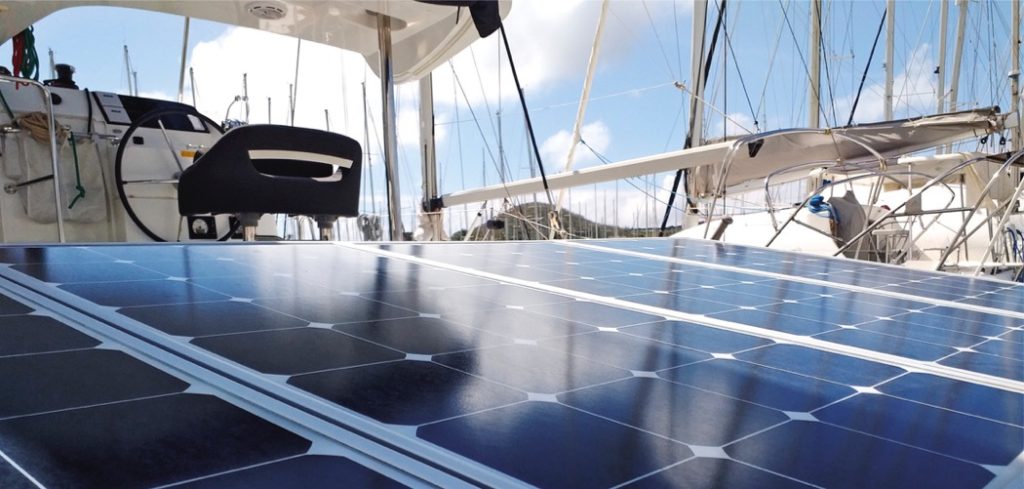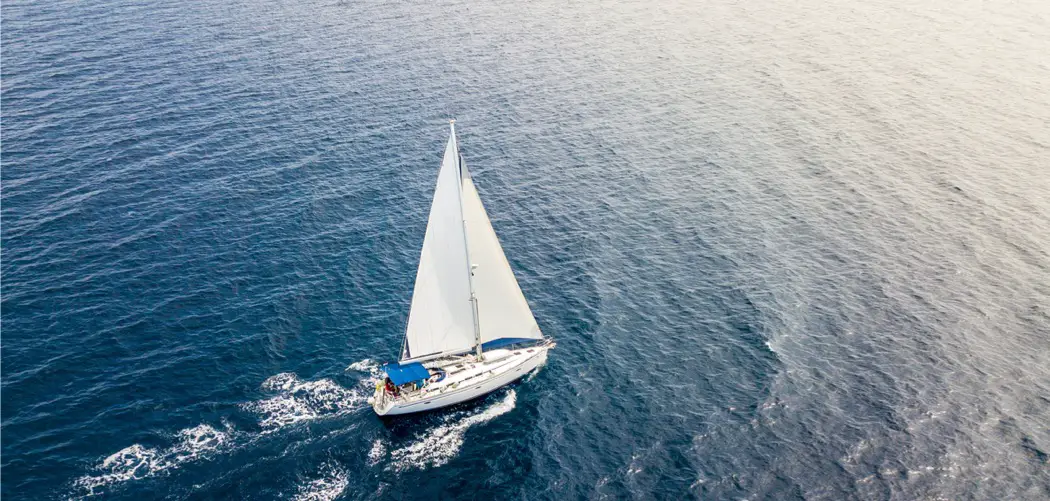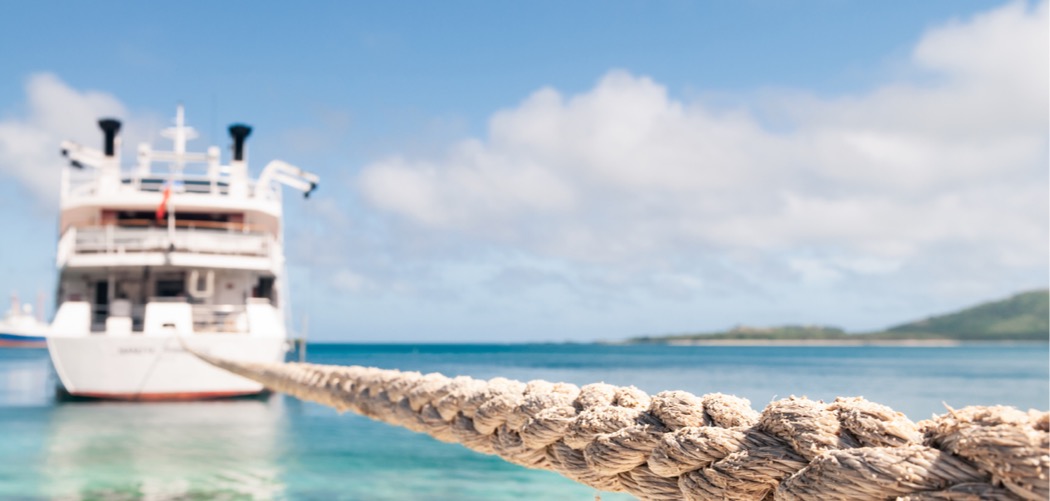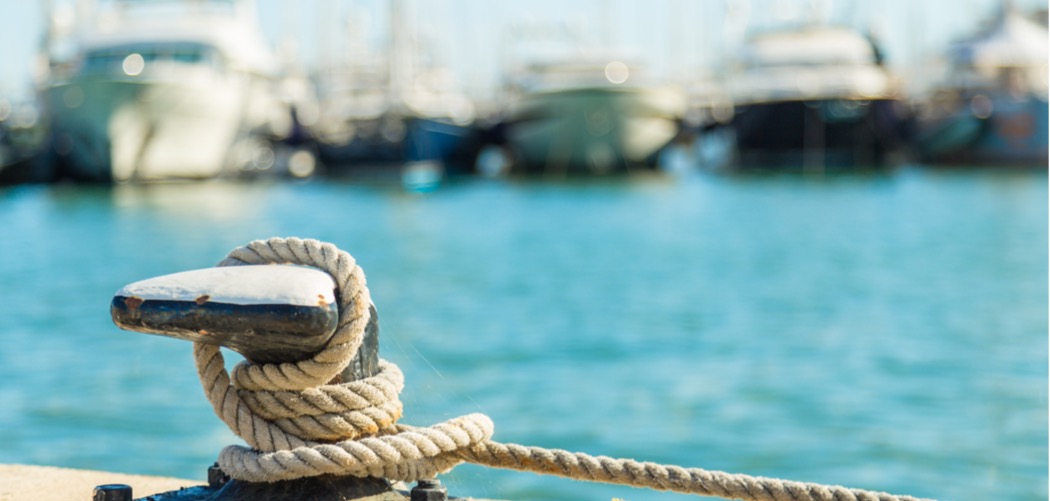When you’re out on the water, it’s imperative that you have a good supply of power. Most of the power for things like your boat’s operations and functions will come from the battery but if it isn’t charged, this will interfere with the smooth running of your vessel.
So the question of how to charge a boat battery when sailing is one that comes up a lot. More often than not, people will rely on shore power to charge their boat batteries but that’s no good when you’re miles from the shore.
In this guide, I’ll be talking about the methods you can use to charge batteries even when you’re nowhere near dry land.
Table of Contents
Understanding The Different Types Of Boat Batteries
Before I get into the nitty gritty of actually charging your batteries, it’s important that I explain the difference between the types of boat batteries.
Most sailboats are equipped with two different types of battery; a deep cycle battery and the engine starter battery. The latter is pretty self explanatory and is used to give a boost of power to get the engine going. On the other hand, your deep cycle battery is used for a whole host of things like the lighting, domestic equipment and much more.
These types of batteries are designed to go through many charging cycles and have a very long life. A marine starting battery is typically recharged using power from the engine generator. There are other things to consider when looking at boat batteries such as the fact that they come in different sizes so it’s important to choose the right one for your boat.
For example, if you have a powerboat or a small sailing boat then a marine dual purpose battery might be the best choice. These are designed to perform all of the functions I have discussed.
As well as the type of battery, you must also think about the chemicals within the battery. Now, all marine batteries are lead-acid but you have a choice between gel, lithium, wet cell and AGM. Which you choose will depend on your circumstances for example whether you’re looking for an engine starter or a deep cycle battery. However, out of all of the types of marine battery, I’d generally recommend an AGM as these tend to be more versatile and have a long life. That said, they’re also pretty pricey which is something worth keeping in mind especially if you don’t use your boat very often.
Charging Batteries When Sailing - Using An Onboard Battery Charger
As I have discussed, your boat will typically have two different types of battery; a deep cycle battery and an engine starter. If your boat features an electric start, which most modern vessels do, then there will be an alternator that charges the battery as soon as the engine is running. The problem here is that this will charge your starter battery but does nothing for your deep cycle battery.
This is where you need to think about how you’ll charge these batteries while you’re on the go and the best way is to simply have a separate charger. An onboard charger is a life saver because it means that you won’t have to take your batteries out to boost them when you’re done at the end of the day.
It’s merely a case of leaving the batteries in the on board charger and then, when you reach land, you can use shore power to fully recharge everything. What’s great is that if your boat doesn’t have an alternator then your onboard charger can also be used for your engine starter battery as well.
Alternatives For Power While Sailing
We are all looking to be a little more eco friendly and the elements really are our friends when it comes to onboard battery power. There are some great alternatives for power while sailing; let’s take a look at your options.
Solar Power
First up we have solar power which is brilliant because of how environmentally friendly it is. If you spend a lot of time on your boat then this is a viable way of generating power and making the step towards being more self-sufficient. Yes, it can be pretty expensive to install solar panels but they’re a lifetime investment when they’re well taken care of.
However, if you wanted something multi purpose then you could just purchase a solar generator which will not only allow you to gather power but also store it. These generators work in a very similar manner to portable batteries but without the need to be recharged; it’s all reliant on the sun.
You just need to leave the generator on the deck although it is possible to buy additional panels if you live in an area where the sky is often overcast. This will allow you to generate the most power.
Wind Power
If you’re not a fan of solar power then you might consider using the wind instead. On certain points of sail, wind generators are incredibly effective as they work using apparent wind instead of true wind.
I’d actually recommend wind power over solar power because this element is much more abundanton the water. In fact, it’s rare that there will be a day at sea where there isn’t at least a light breeze whereas it’s more than possible for the sun to disappear for days at a time.
Moreover, when you anchor your boat, you’ll still be exposed to the wind so you’ll keep generating power.With all that said, it is often best to combine wind and solar power for the greatest reliability. This way, there’s no chance that you’ll ever run out of power.
Conclusion
Ensuring that you have sufficient power is incredibly important when you’re sailing. While it’s very easy to hook up to power on the shore when you’re not sailing, many newcomers wonder how they’re meant to charge their batteries once they’re on the water.
The good news is that your boat does generate a certain amount of power simply by running theengine. When the motor fires up, it automatically starts charging the starter battery. However, if you are also using deep cycle batteries for the rest of your boat’s power, you’ll need to charge these differently.
It is possible to have an onboard charger and this is likely the most convenient option. However, if you want to go a little more eco friendly then why not try solar or wind power? A combination of these will ensure consistent power whether you’re anchored or on the go!




